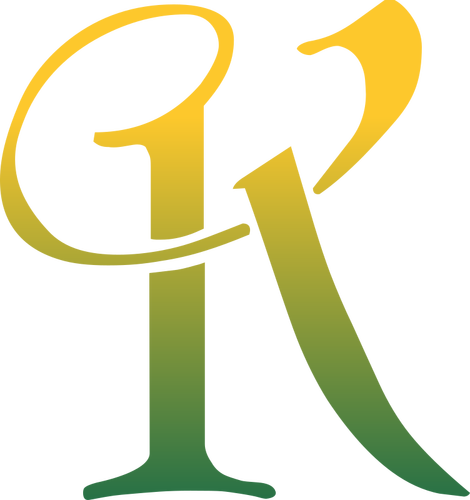
Most solid blocks are 1 meter high (3.28084. If the block is one of a few blocks such as rails or redstone wire, supported by another block and its supporting block is removed.If the block can be replaced by other blocks and is replaced.If the block can be washed away and is washed away by a flowing fluid.Anvils that are destroyed by running out of durability or falling.If the block is affected by gravity and falls into an invalid space (If the block is gravity based and drops from a torch, for example)..When the block is removed by a piston.When broken, blocks emit sounds and particles associated with themselves, except in the following cases: Opaque blocks completely block light, while transparent blocks can have no effect on light, block the light, or merely weaken it.Īlmost all blocks ignore gravity, except for sand, red sand, gravel, anvils, dragon eggs, concrete powder, scaffolding, snow and pointed dripstone, all of which turn into entities when their support is removed. The amount of light they emit varies widely see this table of light values for further information. Some blocks, such as sea lantern and glowstone, emit light. It has two variants: cave air and void air. It is an unbreakable transparent block, as a substitute for the absence of blocks.

Explosions destroy some blocks more easily than they destroy others.Īir is a special block. Some blocks, such as dirt and sandstone, are opaque and occupy their entire cubic meter, while other blocks, such as glass and flowers, are transparent or non-solid. Together, blocks and fluids build up the in-game environment, and most can be harvested and utilized in various fashions. The results of extensive experiments demonstrate that DCSGCN outperformed other competitive baselines on different real-world imbalanced long-tailed graphs.A variety of different blocks occurring in an underwater coral reef sand can be seen lining the ground, cut sandstone in underwater ruin structures, and various forms of coral.īlocks are arranged in a 3-dimensional grid of 1-cubic-meter cells, although some blocks appear to occupy a partial cell these include slabs, snow layers, ladders, vines, stairs, turtle eggs, sea pickles, and others. Furthermore, we propose a new method for computing the node cost labels based on topological graph information and the node class distribution. The model uses the cost as ”complementary information” in a prediction to correct the posterior probability under the perspective of minimal risk. The DCSGCN is a two-tower model containing two subnetworks that compute the posterior probability and the misclassification cost. In this paper, we propose a dual cost-sensitive graph convolutional network (DCSGCN) model. The graph data used in realistic scenarios tend to follow unbalanced long-tailed class distributions, where a few majority classes contain most of the vertices and the minority classes contain only a small number of nodes, making it difficult for the GNN to accurately predict the minority class samples owing to the classification tendency of the majority classes.

In graph node classification tasks, traditional graph neural network (GNN) models assume that different types of misclassifications have an equal loss and thus seek to maximize the posterior probability of the sample nodes under labeled classes. Recently, studies on applying deep learning techniques to graph data in remote sensing (e.g., public transport networks) have been conducted.

Deep learning algorithms have seen a massive rise in popularity for remote sensing over the past few years.


 0 kommentar(er)
0 kommentar(er)
